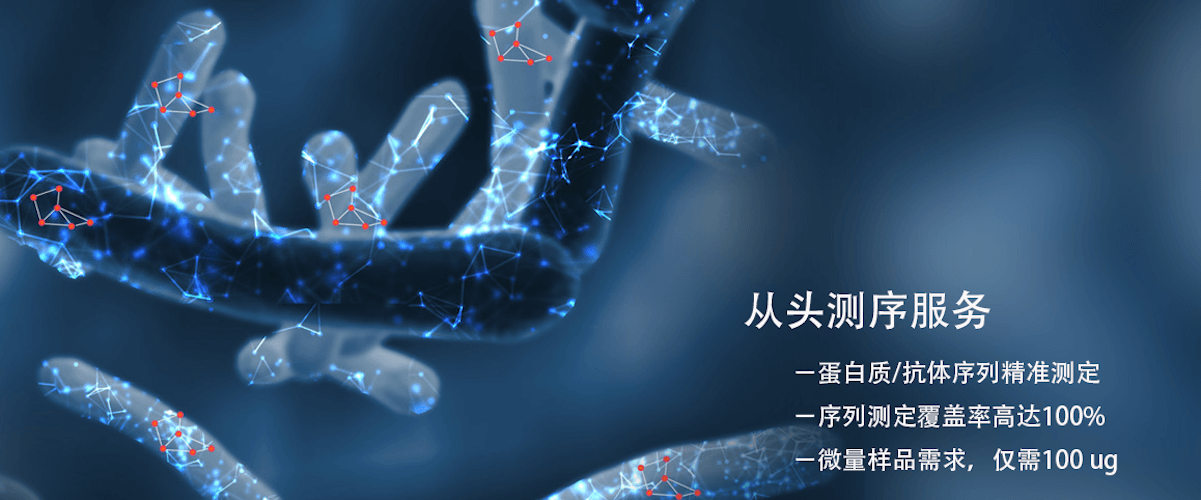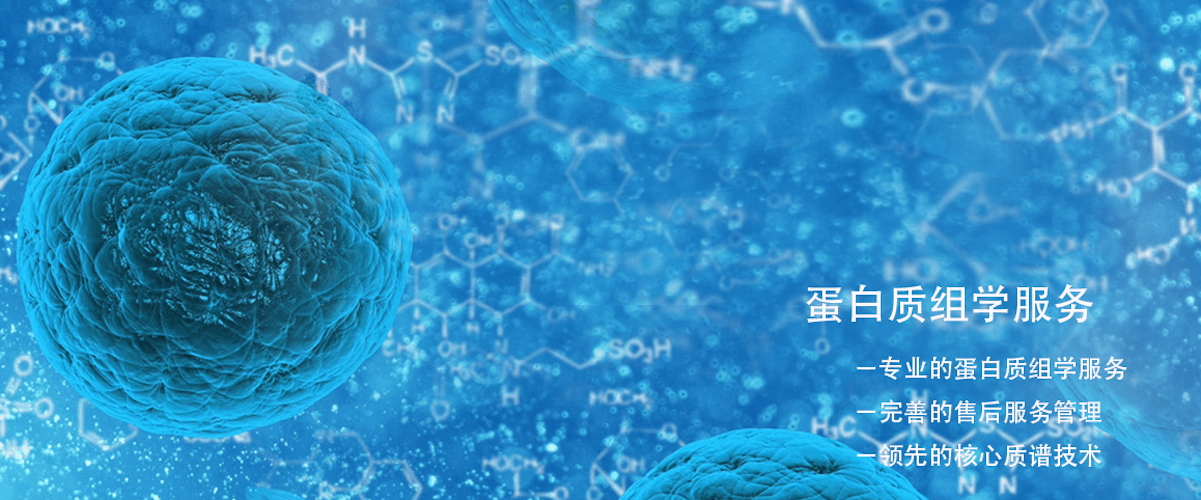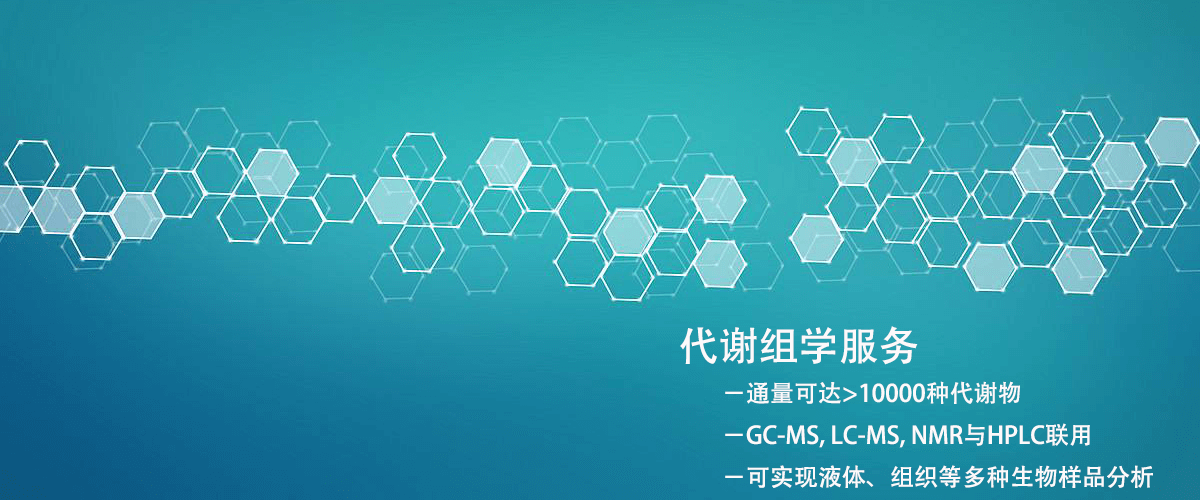De Novo Peptide Sequencing Workflow
The workflow of De Novo peptide sequencing is typically achieved by combining mass spectrometry analysis with algorithmic interpretation, enabling precise identification and characterization of peptide amino acid sequences in biological samples. Mass spectrometry technology ionizes and fragments peptide molecules, generating characteristic fragment ions whose mass-to-charge ratio (m/z) is accurately measured. De Novo peptide sequencing then utilizes this experimental data to deduce possible amino acid sequences through algorithms. Thanks to the high sensitivity and resolution of mass spectrometry technology, it has become a key technique in proteomics research.
In the workflow of De Novo peptide sequencing, the samples must first undergo pretreatment and digestion, typically using proteases to break down proteins into sequencable peptide fragments. These peptide fragments are then analyzed using a mass spectrometer. The instrument employs tandem mass spectrometry (MS/MS) to generate mass spectra of the peptide fragments, providing foundational data for subsequent sequence inference. In the data analysis phase, De Novo peptide sequencing involves complex signal processing and computational analysis to identify fragment ions in the mass spectra and infer sequences. Advanced algorithms arrange and score potential amino acid sequences to ultimately determine the peptide sequence that best matches the experimental data.
The workflow of De Novo peptide sequencing is not limited to sequence interpretation but also includes validation and data integration. In the validation step, the deduced peptide sequences need to be compared against experimental data to assess their accuracy and consistency. Additionally, the workflow may involve integration with other mass spectrometry data to gain comprehensive proteomic information. This integration may include comparisons with transcriptomic data to verify whether the identified peptides correspond to known or novel protein-coding genes.
Common Questions:
Q1. How is background noise in complex samples handled in the workflow of De Novo peptide sequencing?
A: The data analysis algorithms in the De Novo peptide sequencing workflow have noise reduction capabilities. By processing mass spectra signals, non-specific signals and background noise are filtered out, improving the accuracy of peptide sequence identification. Additionally, using high-resolution mass spectrometers helps enhance signal-to-noise ratio, increasing the ability to discern target signals.
Q2. How is the accuracy of sequence inference ensured in the workflow of De Novo peptide sequencing?
A: The accuracy of sequence inference depends on the quality of mass spectrometry data and the precision of algorithms. Advanced algorithms use statistical models and machine learning techniques to optimize the sequence inference process. Additionally, results are cross-verified using multiple algorithms, and database information is used for comparison and auxiliary confirmation, further enhancing the accuracy of De Novo peptide sequencing.
BiotechPack, A Biopharmaceutical Characterization and Multi-Omics Mass Spectrometry (MS) Services Provider
Related Services:
How to order?





